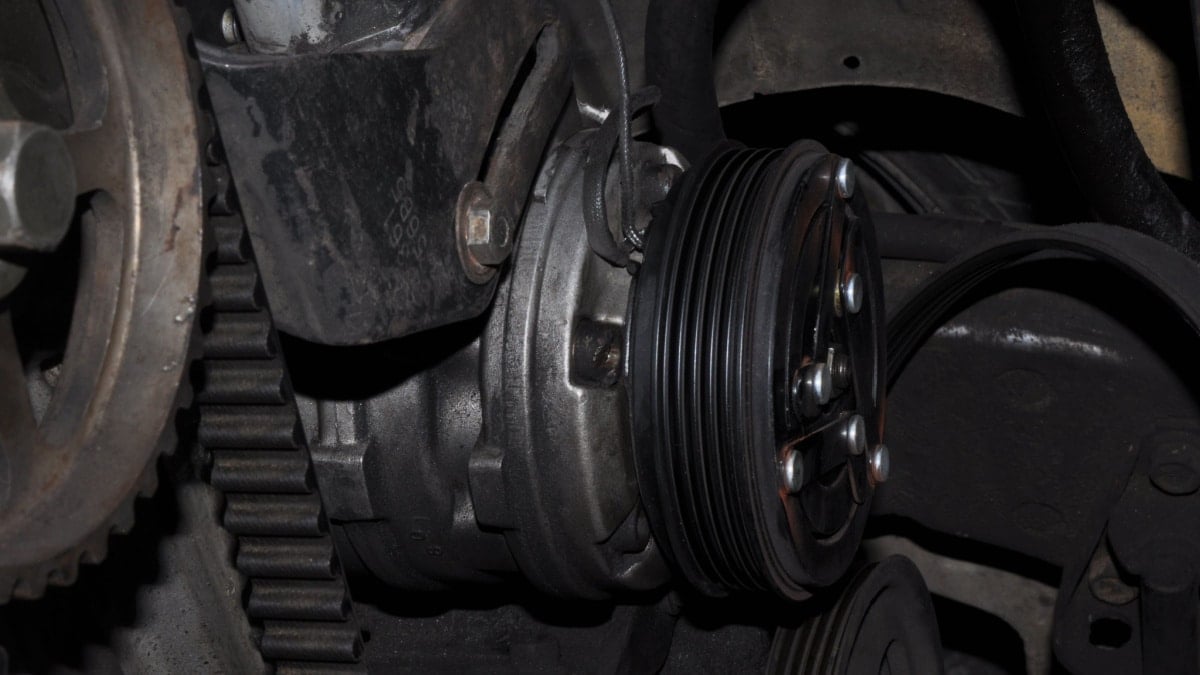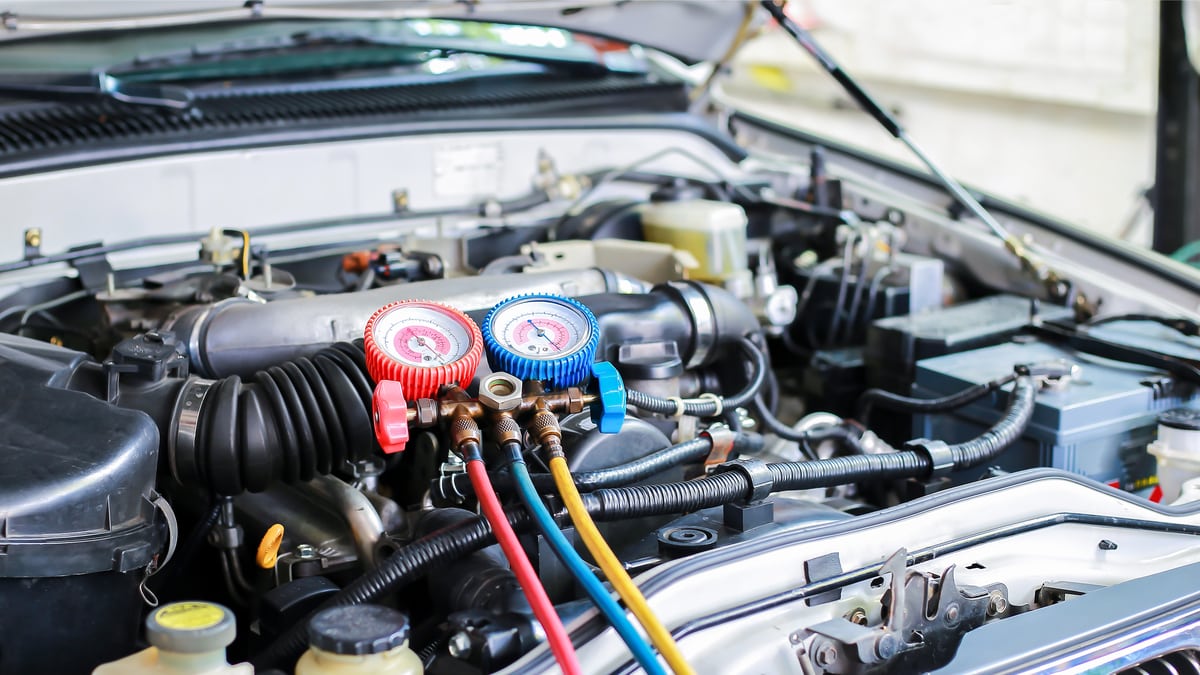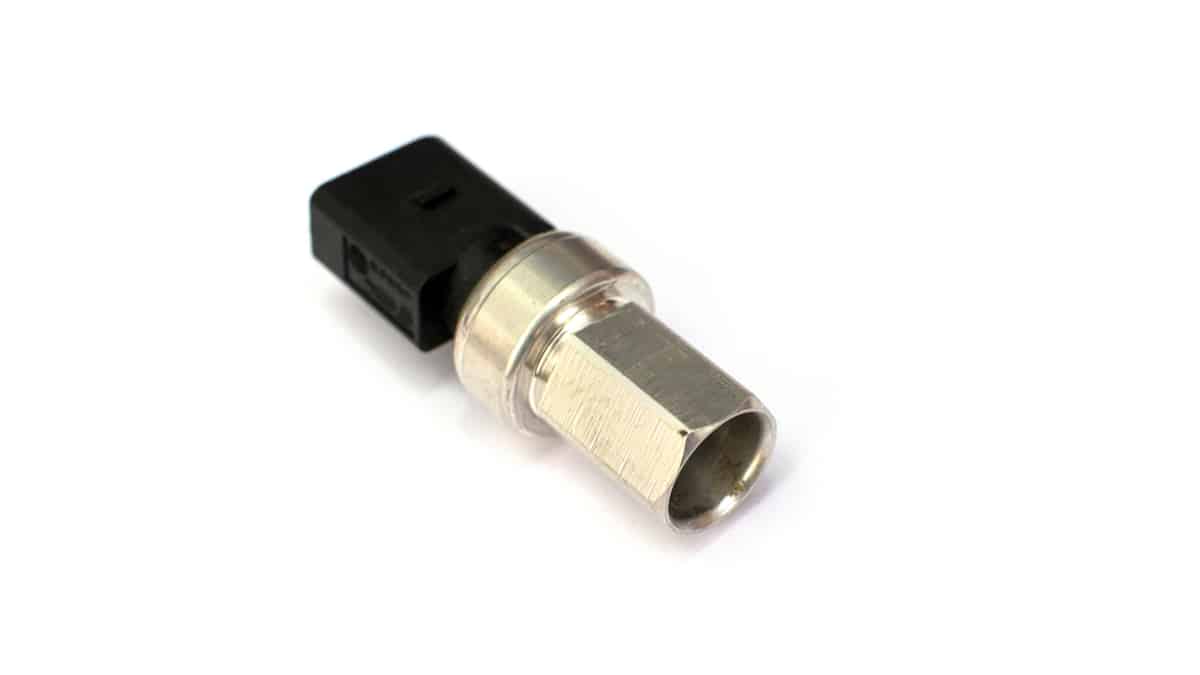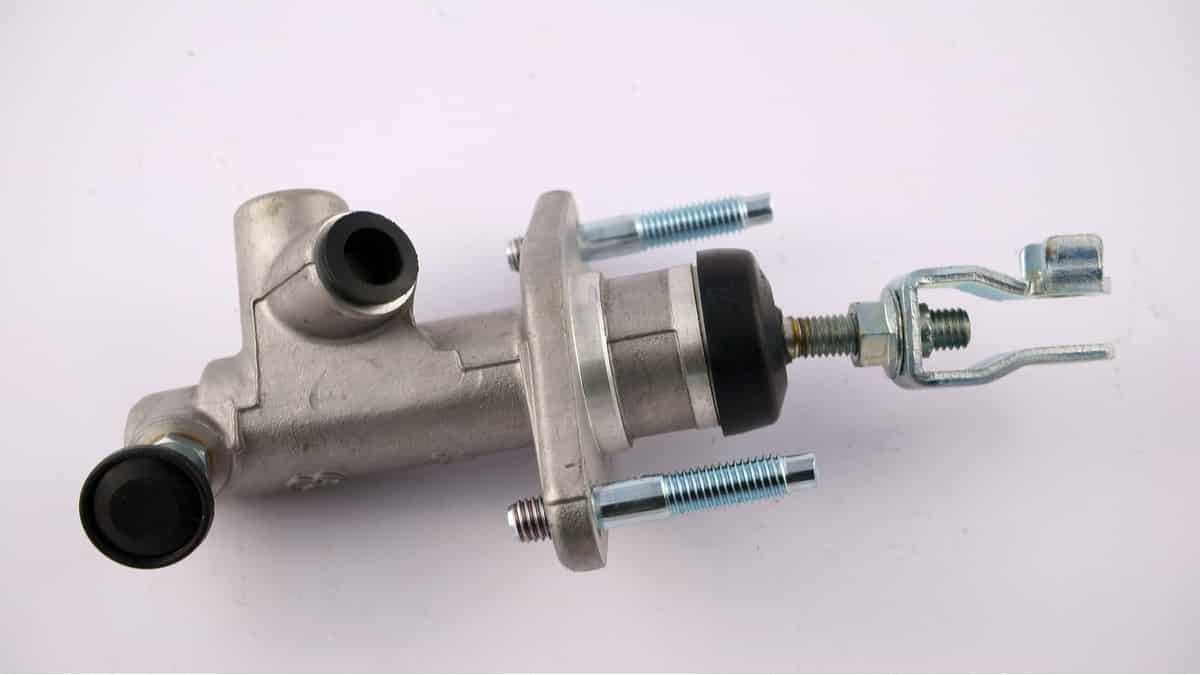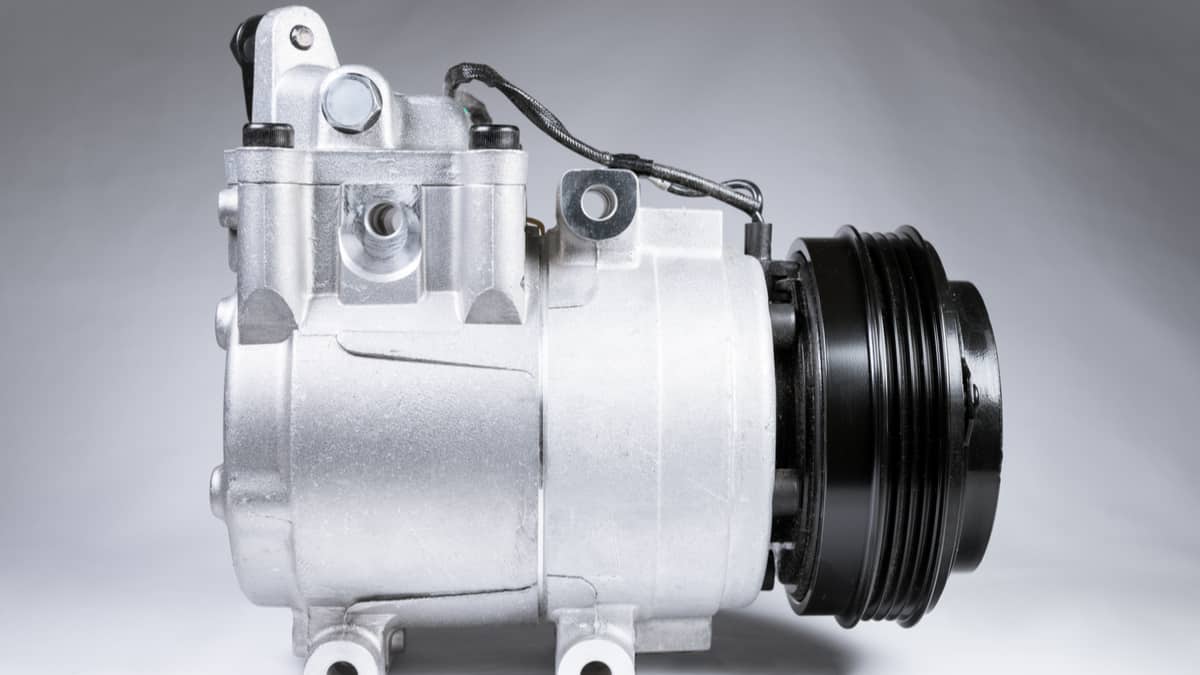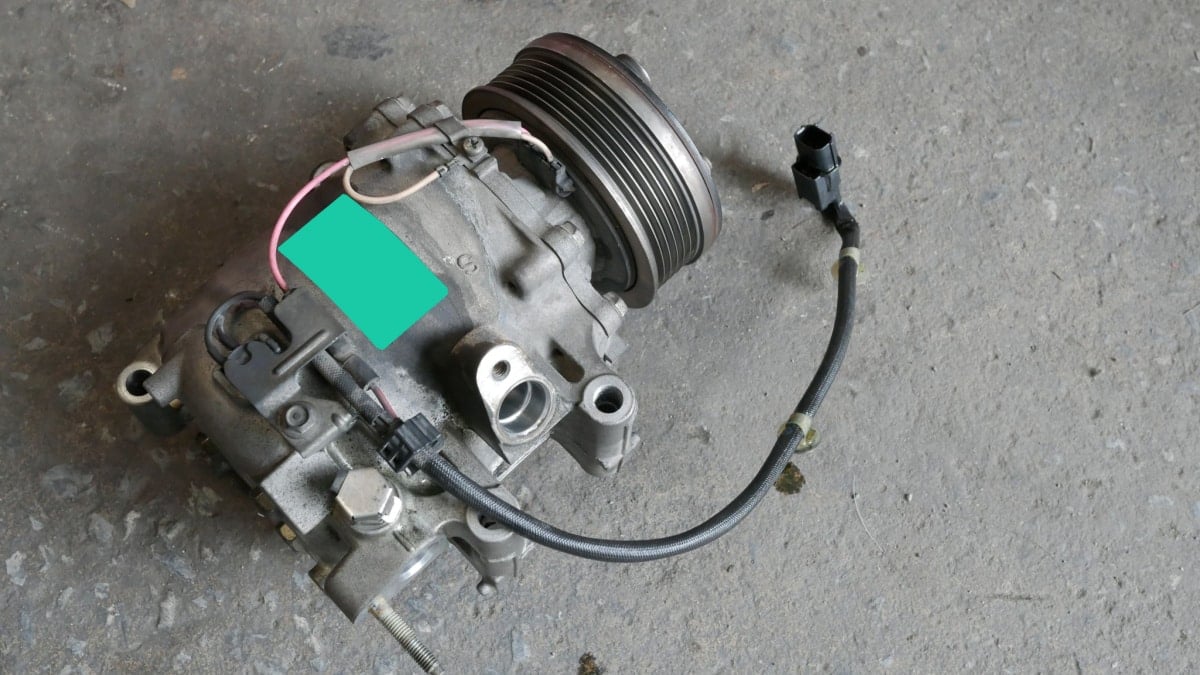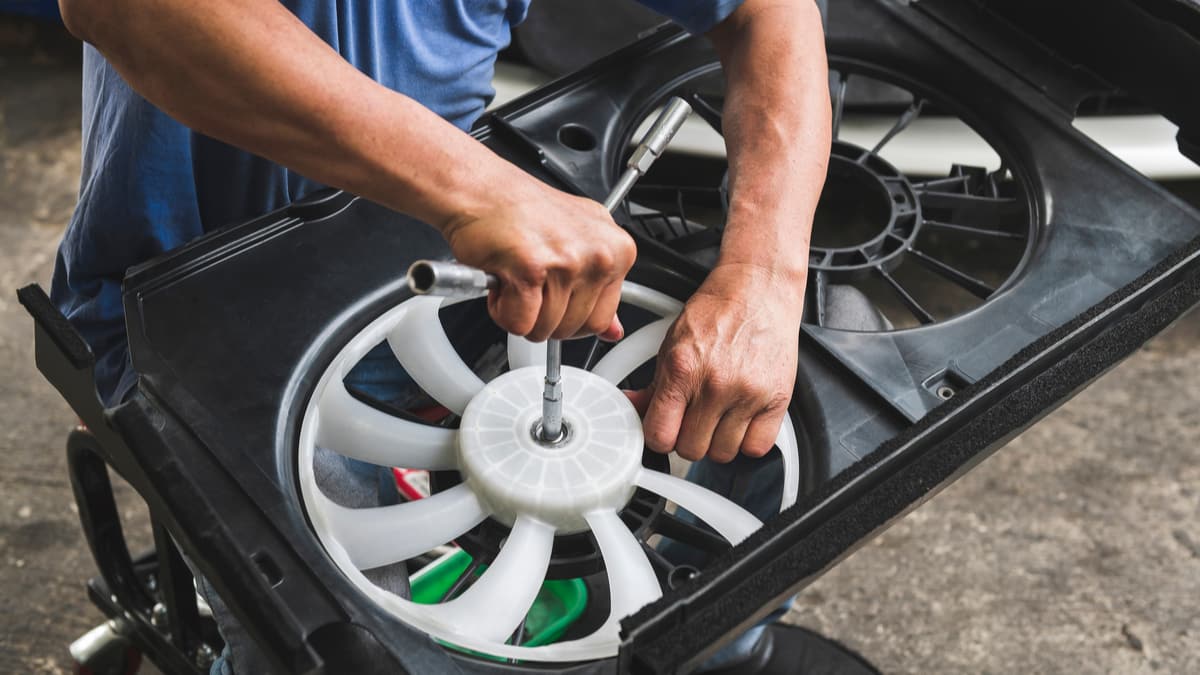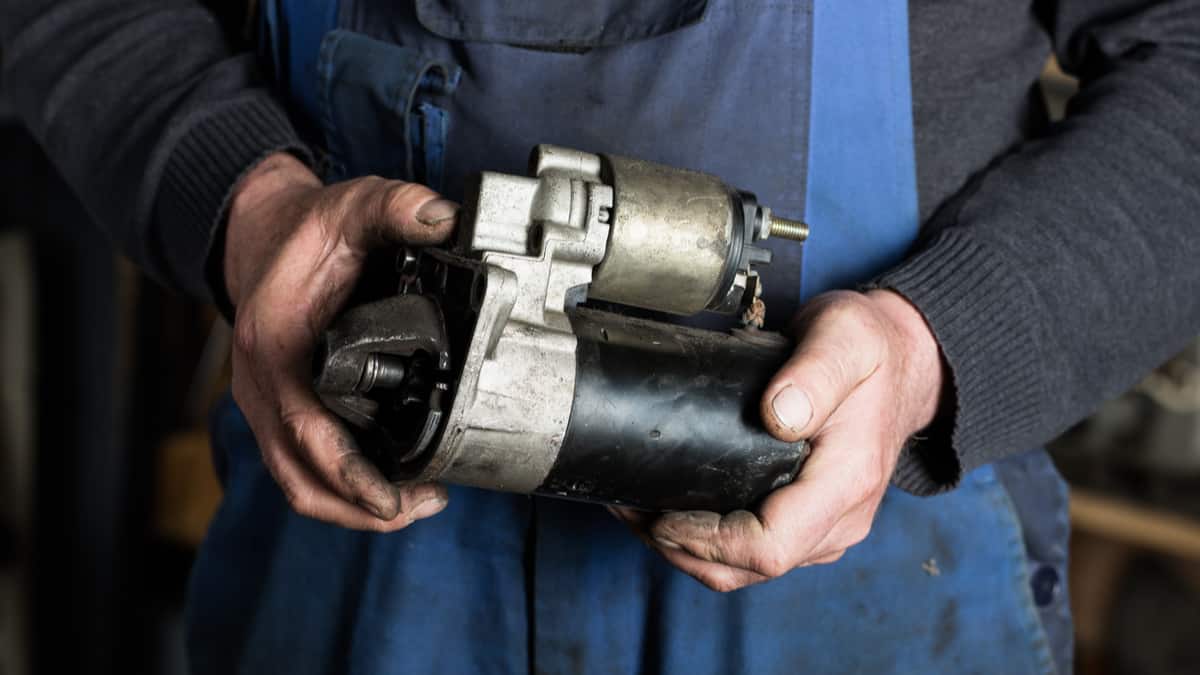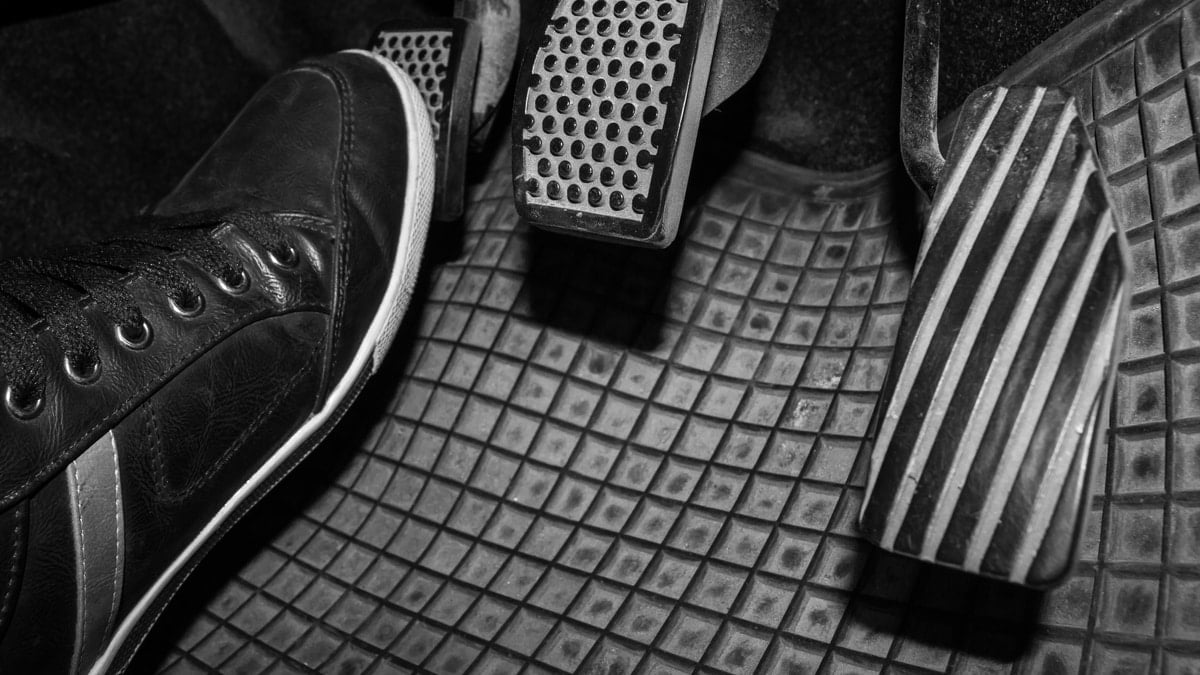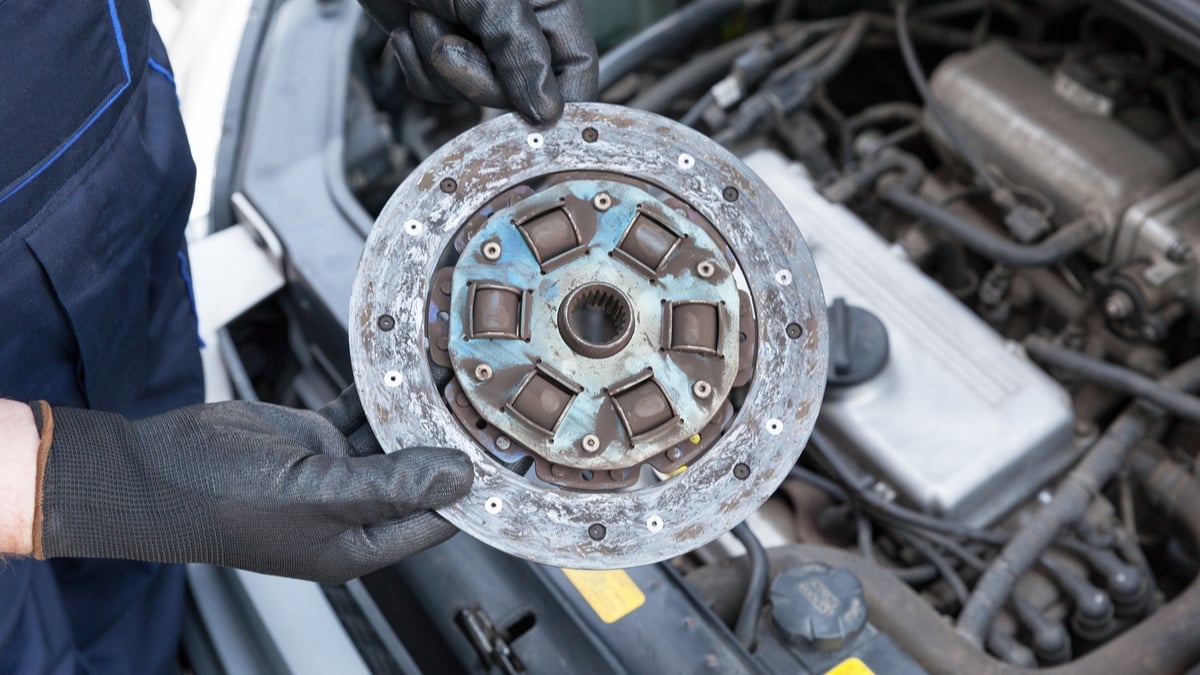When the weather is hot, you want to know that your car AC is going to work the way it should. The last thing you want to deal with is a hot car cabin. If the air conditioning isn’t working, the problem could be the AC clutch. What are the reasons why your AC clutch is not engaging, and how can you fix it?
In this guide, we cover the different problems you might encounter. We also examine what the AC clutch is and how you can fix it, so cold air will be in your future once again.
Common Causes of AC Clutch is Not Engaging
The most common reason why your AC clutch is not engaging is that the AC refrigerant level is too low or too high. It can also be caused by a faulty high or low AC pressure switch, a blown fuse, a bad AC clutch or a bad electrical connection.
Here is a more detailed list of the most common reasons why your AC clutch is not engaging:
1. Wrong Refrigerant Level
The air conditioning system needs the right amount of refrigerant to run properly. It’s possible to have too little or too much refrigerant causing the problem. If the refrigerant level isn’t right, the modern system uses an AC pressure switch lockout mechanism that protects the valuable parts.
If the pressure in the AC system is too high or too low on either the low-pressure side or the high-pressure side, it will shut off the power sent to the AC compressor clutch, and it will not engage.
Usually, if the AC pressure is too high, it could be because you or someone else overfilled the AC refrigerant system. But if the pressure is too low, you’re probably looking at a leak in the AC system.
RELATED: 5 Signs Your Car’s AC is Low on Freon (& What to do)
2. Bad High or Low AC Pressure Switches
You will find an AC pressure switch on the low-pressure side of the AC system and you will find one on the high-pressure side. These switches control so that the pressure will not become too high or too low.
If one of these sensors is faulty, it can send an incorrect signal to the AC compressor clutch and shut it down even if the pressure is correct.
RELATED: 4 Symptoms of a Bad AC Pressure Switch (High or Low)
3. Blown Fuse
If there’s an electrical short with the AC system, too much voltage can run through the compressor. This action will cause the fuse to blow.
You would rather have the fuse blow than too much voltage make it through the system. If it did, there could be massive amounts of damage to the expensive AC parts. Check your owner’s manual to find the fuse for the AC clutch.
4. Bad Electrical Connection
Your car’s AC system contains many electrical wires and connections. If there’s a problem with any of them, the clutch could fail to work. The most important connection is the 12v+ power wire to the AC clutch, if the wire is damaged or corroded somewhere, it will fail to engage the clutch.
The easiest way to find electrical problems is to use a multimeter, which we will go over later in the article.
5. Damaged Clutch Coil or Worn Clutch
Just like any clutch, it’s possible that it has simply worn out. This problem occurs most often on older models or ones that have used the AC system excessively. The clutch isn’t going to normally wear out when it’s newer.
With the clutch plate worn out, the clutch may not be able to engage. It could also slip at times, leading to erratic operations. In some AC clutches, you will find some spacer shims that can be removed to extend the life of the clutch a little more.
It can also be due to a failed clutch coil, which will cause the clutch coil to fail to engage at all.
RELATED: 5 Signs of a Bad AC Compressor Clutch (& Replacement Cost)
What is the AC Clutch?
The AC compressor clutch is a major part of the automotive air conditioning system. It’s meant to engage and disengage the compressor pulley from the drive. The clutch is operated by an electromagnetic switch in most vehicles.
When the AC is turned on, the clutch gets electrical energy. This process engages the plate, along with the compressor belt. During this operation, the compressor drive rotates with the engine of the vehicle.
The clutch resembles a friction plate. It’s located next to an electromagnetic coil. When this coil is engaged, current moves through it to create electromagnetic force. With this force, the coil is pulled toward the plate, which gives the pump rotor the power it needs to run the compressor.
If you turn the AC off, the clutch loses its electrical energy. Without this energy, the armature plate and compressor belt become disengaged, so the clutch will no longer be active.
Ways to Fix an AC Clutch That’s Not Engaging
1. Check Refrigerant/Oil Levels
The easiest check is to look at the refrigerant levels. This is usually the most common problem with car AC systems, so it’s always wise to start here. Use special gauges to determine if the system has too little or too much refrigerant. Either way, the clutch could fail to disengage.
With a DIY repair kit, you can recharge the system to the right levels. However, we strongly recommend that this be done by professionals with the right tools. It may even be illegal to do it yourself where you live. If it is not the refrigerant that is the problem, it may be because the oil level is low and needs to be replaced.
2. Measure voltage to the AC clutch
The easiest way to diagnose a problem with the AC clutch is to measure the voltage sent to the clutch coil. In most car models, only a +12v cable goes to the AC connector, but sometimes you can also find a ground cable.
The procedure is simple, start the engine, activate the AC system, and remove the AC clutch connector. Measure the voltage coming to the connector with a multimeter, and if everything is activated properly, you should see 12 to 14 volts coming to this wire. If there is a ground wire, you should also check the ground.
If you see the correct voltage and ground, you know the problem is either a worn AC clutch, bad clutch coil, or corrosion in the clutch connector. If there is no voltage, continue troubleshooting.
3. Jump start the clutch
You can jump-start the clutch to see if it will get moving manually. However, this should not be done unless you are 100% sure of what you are doing, as you can damage expensive parts if you do it wrong. Use a wiring diagram to ensure you have the right wire.
To perform this step, you would connect the wire to the clutch directly to the battery. If this doesn’t start the clutch, the clutch needs to be replaced. However, it normally makes more sense to put in a new AC compressor.
If the clutch does engage manually, you are looking at some rarer issues. Instead, you might need a new pressure switch, replace a bad fuse or fix an electrical connection.
4. Inspect/Replace Fuse
To check the fuse, you must first locate the appropriate one for the system. You should be able to reference a diagram in your car’s service manual. Perform these next steps with the engine turned off.
Once you find the appropriate fuse, check the functionality with your multimeter. If it has blown, your only option is to replace it. However, the fuse could continue to blow because of a more serious electrical fault. Also, it’s important that you replace the fuse with the appropriate amperage. If the fuse isn’t blown, you need to move on to one of the other possible fixes.
5. Check Low and High AC Pressure Switches
The next step is to check the high and low-pressure switches in the AC system. To check these, you can often measure them with a multimeter. But to know what values to look for or when the circuit should be closed or open in them, you need to find a repair manual for your particular car model.
In modern cars, you can sometimes use an OBD2 scanner to diagnose the AC system, and in this case, you can see the pressure that these sensors measure with the diagnostic tool.
6. Check Electrical Connections
Because the AC clutch requires an electrical connection to run, your next step would be to check the connections. We recommend starting with the power wire to the AC clutch.
Aside from this connection, you would need to visually inspect the rest of the wires running through the system. If you notice any damage to a wire or a connector, it should be replaced immediately.
How do I manually engage my AC compressor clutch?
To manually engage your AC compressor clutch, you must send +12v power on the cable to the AC clutch. In some car models, you may also need ground. Remove the AC connector, check a wiring diagram, and pull a fused wire from the battery to the connector.
What controls the AC compressor clutch?
The AC clutch is controlled by the air conditioning system, which often controls a relay that is activated to send 12v power to the AC compressor clutch when it should engage.
Will AC clutch engage if low on Freon?
No, if the Freon level is too low, it will not engage the AC clutch. The same applies if the freon pressure is too high. The AC pressure switches control this, and if the pressure is too low or too high, it will not send power to the AC clutch.
Is the AC clutch supposed to spin all the time?
No, old AC compressors with a clutch should not spin all the time. It should spin only when the AC system is activated and functional. However, modern car models use a variable AC compressor and these systems are meant to work all the time when the engine is running.
RELATED: Car AC Not Blowing Cold Air? Common Causes (& How to Fix)
Categories: Air condition
